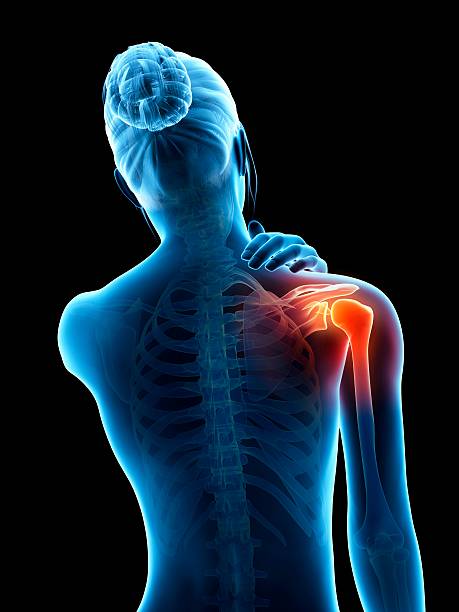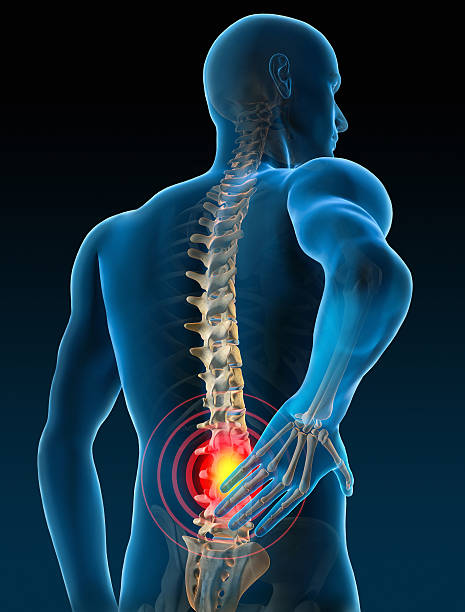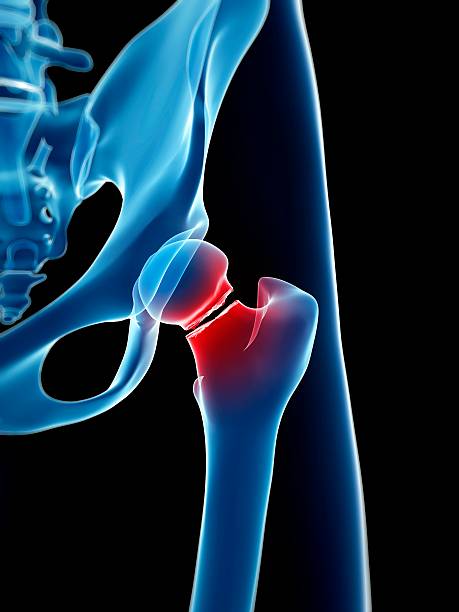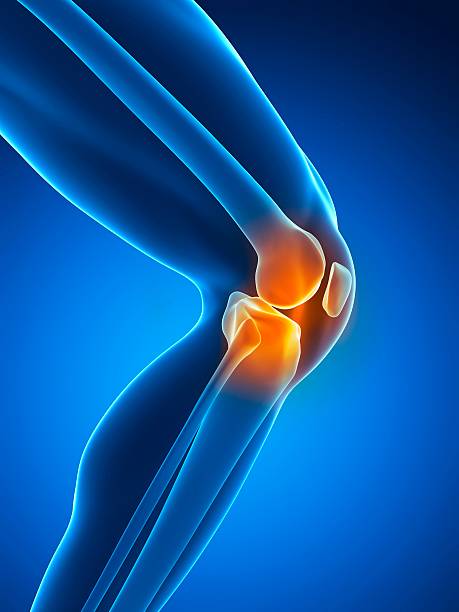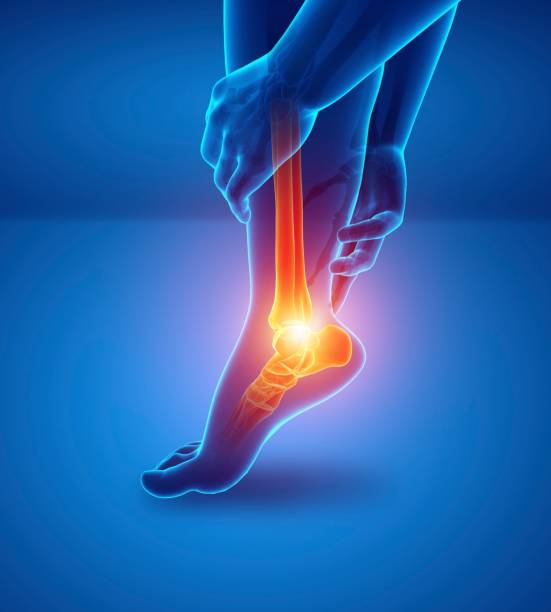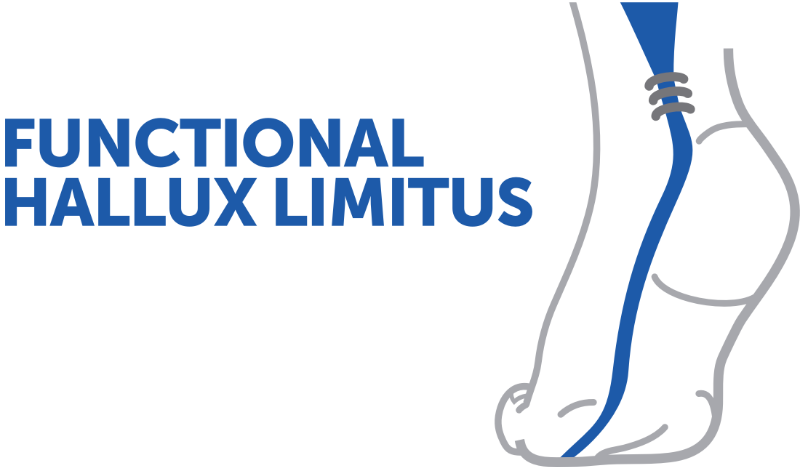Understanding low back pain and its treatments
Low back pain is a common complaint caused by various lower back disorders, often of degenerative origin. In this video, Prof. Marchesi explains the causes, conservative treatments, rare surgical indications, and future avenues, including biological ones, for relieving this pain.
Doctors
Topics
Treatments
Advice
- Prof. Dante Marchesi
- Definition of low back pain
- Possible causes
- Surgical indications
- Expected results
- Biological perspectives
- Non-surgical treatment
- Surgery
- Disc prosthesis
- Spinal fusion
- avoid rushed surgery
- promote physiotherapy
- personalized treatment
- MRI for precise diagnosis
Information
Video type:
Anatomy:
Thematic:
Low back pain: common complaint, multiple causes
Low back pain is not a disease in the strict sense, but the painful expression of various injuries to the lumbar structures. Intervertebral discs, posterior joints, muscles and tendons can be involved, from an isolated acute episode to a chronic course.
This etiological diversity requires a rigorous clinical approach. The examination provides guidance, and comprehensive imaging is recommended if necessary, including MRI when invasive treatment is considered. The primary objective is to provide relief, restore mobility, and prevent chronicity.
Conservative treatment as first line
The majority of patients improve with non-surgical treatment. Reasonable pain medication, physiotherapy, posture correction and, depending on the case, targeted injections form the basis of treatment.
This treatment should be carried out over several weeks, with regular reassessments. It focuses on reactivation, education and functional strengthening, taking into account the context of life and work.
Low back pain is not a disease, it is a complaint.
When to discuss lower back surgery?
Surgical indications remain rare and require strict selection. They concern well-documented situations where the clinical-imaging correlation is strong and where pain or disability persists despite comprehensive treatment.
The procedures considered range from arthrodesis to disc prosthesis for very specific cases. They require clear information on the expected benefits and limitations, with a systematic rehabilitation plan following.
Preserve mobility and function
The modern therapeutic perspective tends to maintain spinal mobility as much as possible. Solutions that respect segmental kinematics are favored when the indication allows, in order to limit adjacent overloads.
Planning is based on functional assessment and MRI, in order to identify the main pain generator and avoid unnecessary actions.
It will be necessary to look for solutions that maintain back mobility.
Focus on active rehabilitation
Lumbar-abdominal strengthening, muscular endurance and postural control are major focuses. The return to activity is planned gradually, with adaptation of workstations and ergonomic advice.
Careful monitoring limits recurrences and supports a lasting return to daily and sporting activities.
Message to the patient
Most lower back pain resolves without surgery when treatment is early, structured, and personalized. The key lies in the therapeutic alliance, reactivation, and vigilance for warning signs.
The goal is to provide lasting relief and preserve function, while avoiding unnecessary therapeutic escalation.
Pathologies treated at the center
Hallux Limitus
Functional
Your pain has a cause.The balance sheet allows us to understand it.
- Gait analysis
- Posture Assessment
- Guidance on the right treatment
- Study of plantar supports and supports
- Detection of compensations
- Pain–movement correlation
The functional assessment allows us to understand how a joint or postural imbalance can trigger or perpetuate pain. Very often, imaging is normal, but movement is disturbed. By analyzing gait, weight-bearing patterns, or posture, we identify the weak links in the chain and guide targeted treatment adapted to the patient's actual mechanics.


